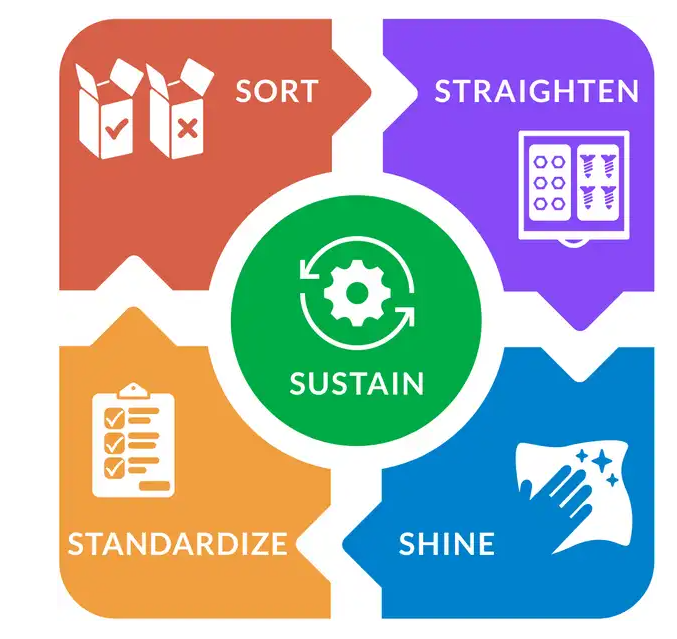Equipment Used in Agricultural Technology
Equipment Used in Agricultural Technology Agriculture started 10,000 years ago, making it the first and oldest industry. Farmers at the time were the first professionals to work in history. To farm their lands, they used cattle like cows and donkeys. We have come a long way since then. The agricultural industry has completely transformed since the adoption of technology. In this blog, we’ll look at these innovations and how they are used in agriculture. Harvest Automation Harvest automation is the use of automated systems and equipment to improve the efficiency of harvesting crops. Automation can help farmers by, Saving Time Reducing Costs Reducing Labour Increasing Quality Harvest automation also includes using Computer Vision (CV) systems to identify and track crop growth. These systems monitor crop health and provide farmers with real-time data on their crops. The most common type of harvest automation is as follows. Robotic Harvesters These machines are programmed to identif
